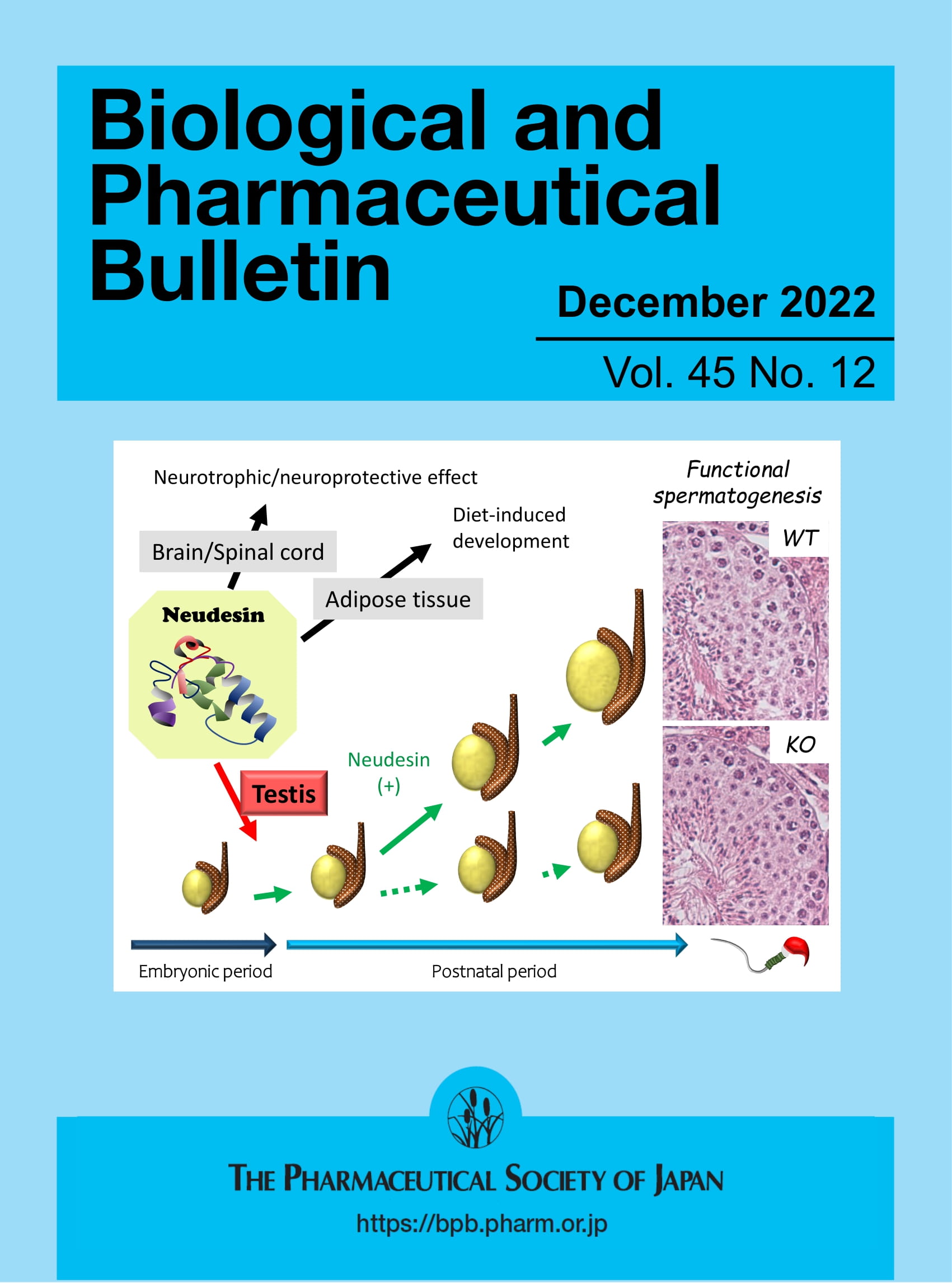Covalent Organic Framework Nanofilm-Assisted Laser Desorption Ionization Mass Spectrometry for Rapid Screening of Parabens in Personal Care Products
Abstract
Rational
People are widely exposed to parabens in their daily life, but parabens are endocrine disrupting chemicals that pose a threat to human health. Therefore, establishing a rapid screening method to enhance monitoring of parabens is necessary. Herein, a covalent organic framework (COF) nanofilm-assisted laser desorption ionization mass spectrometry (LDI-MS) method was established to screen parabens in personal care products (PCPs).
Methods
TAPB-TFPB-COF nanofilm was synthesized on indium tin oxide (ITO) glass and used as LDI-MS substrates. To observe the practicability of TAPB-TFPB-COF nanofilm-assisted LDI-MS, the results of this method for analyzing small molecules such as parabens, estrogens, and bisphenols were compared with those of the conventional organic matrix 9-aminoacridine (9-AA), and the reproducibility and detection limit were further verified. Finally, the method was applied to screen parabens in PCPs.
Results
TAPB-TFPB-COF nanofilm-assisted LDI-MS analyzed small molecules such as parabens, estrogens, and bisphenols with higher mass spectral signals and cleaner mass spectral backgrounds compared with 9-AA. Meanwhile, the method analyzed methylparaben (MeP) with high reproducibility (RSD = 6.96%) and low detection limit (1.64 μM) and performed well for rapid screening of parabens in PCPs.
Conclusion
TAPB-TFPB-COF nanofilm-assisted LDI-MS for analyzing small molecules such as parabens, estrogens, and amino acids offered the advantages of rapid analysis, a clean background, and good reproducibility. The method was successfully applied to detecting parabens in PCPs, demonstrating the practical utility of LDI-MS based on TAPB-TFPB-COF nanofilm for analyzing parabens in complex samples.

 求助内容:
求助内容: 应助结果提醒方式:
应助结果提醒方式:


